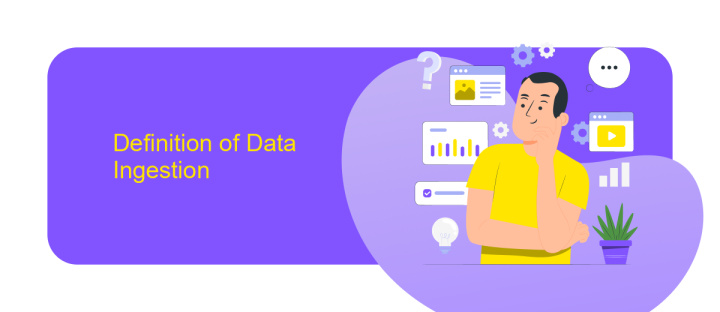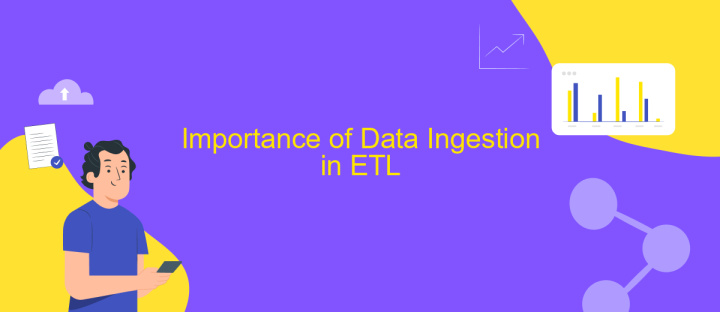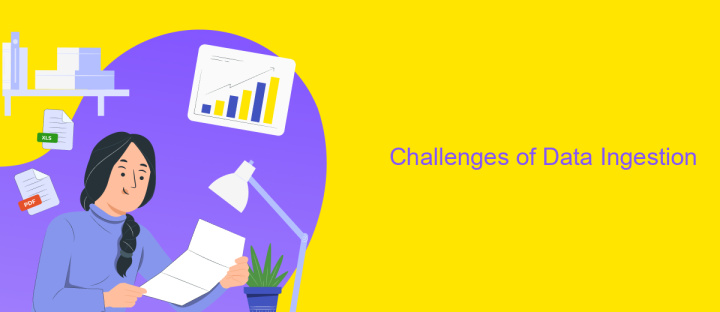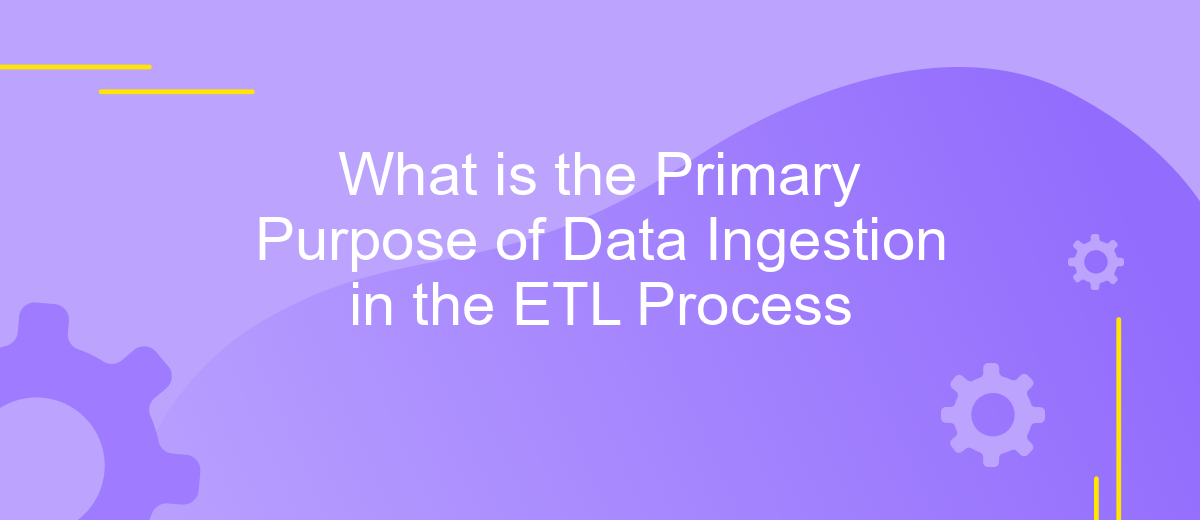What is the Primary Purpose of Data Ingestion in the ETL Process
Data ingestion is a critical first step in the ETL (Extract, Transform, Load) process, serving as the gateway for collecting and importing data from various sources into a centralized repository. The primary purpose of data ingestion is to ensure that data is readily available for subsequent transformation and analysis, enabling organizations to derive actionable insights and make informed decisions.
Introduction
Data ingestion is a critical component of the ETL (Extract, Transform, Load) process, serving as the foundation for efficient data management and analytics. It involves the initial phase of collecting and importing data from various sources into a centralized repository, enabling organizations to make informed decisions based on comprehensive data insights.
- Streamlining data collection from diverse sources
- Ensuring data consistency and quality
- Facilitating data transformation and analysis
Effective data ingestion is essential for organizations to maintain data integrity and enhance operational efficiency. Tools like ApiX-Drive simplify the integration process by automating data collection from multiple sources, ensuring seamless and accurate data ingestion. By leveraging such tools, businesses can focus on deriving actionable insights without worrying about the complexities of data integration.
Definition of Data Ingestion

Data ingestion is the process of collecting and importing data for immediate use or storage in a database. This initial step in the ETL (Extract, Transform, Load) process is crucial for ensuring that data from various sources is available for analysis and processing. Data can be ingested in real-time, in batches, or as a continuous stream, depending on the needs of the organization and the nature of the data sources.
Effective data ingestion involves integrating multiple data sources, such as databases, APIs, and file systems, into a unified system. Tools like ApiX-Drive can simplify this process by automating the integration and synchronization of data from various platforms. By using such services, organizations can ensure a seamless flow of data, minimizing manual intervention and reducing the risk of errors. This enables businesses to focus on analyzing the data rather than worrying about how to collect it.
Importance of Data Ingestion in ETL

Data ingestion is a critical component of the ETL (Extract, Transform, Load) process, serving as the initial step where raw data is collected from various sources. This step ensures that data is accurately gathered and prepared for subsequent transformation and loading into the target system. Effective data ingestion is essential for maintaining data integrity and consistency, which are crucial for making informed business decisions.
- Ensures Data Quality: Proper data ingestion processes help in filtering out irrelevant or corrupted data, ensuring only high-quality data is processed.
- Enhances Data Integration: Tools like ApiX-Drive facilitate seamless integration of multiple data sources, automating the ingestion process and reducing manual efforts.
- Improves Efficiency: Automated data ingestion reduces the time required to gather data, enabling faster data processing and real-time analytics.
In summary, data ingestion is a foundational step in the ETL process that directly impacts the overall efficiency and effectiveness of data management. By leveraging advanced tools and services such as ApiX-Drive, businesses can automate and optimize their data ingestion workflows, ensuring high-quality data is readily available for analysis and decision-making.
Challenges of Data Ingestion

Data ingestion in the ETL process is fraught with numerous challenges that can impact the efficiency and accuracy of data processing. One of the primary issues is the handling of diverse data sources, each with its own format and structure. This variability can complicate the extraction and transformation stages, leading to inconsistencies and errors.
Another significant challenge is ensuring data quality and integrity. Ingested data often comes from multiple sources, which may include erroneous or duplicate entries. Maintaining a high standard of data quality requires rigorous validation and cleansing procedures, which can be resource-intensive.
- Handling diverse data formats and structures
- Ensuring data quality and integrity
- Managing data volume and scalability
- Real-time data processing and latency issues
Additionally, integrating various data sources can be a daunting task. Services like ApiX-Drive can simplify this process by offering seamless integration solutions, reducing the manual effort required for data ingestion. However, even with such tools, monitoring and managing the ingestion pipeline to prevent bottlenecks and ensure timely data availability remains a critical challenge.


Best Practices for Effective Data Ingestion
Effective data ingestion starts with ensuring data quality and consistency. Implementing data validation checks at the point of ingestion helps to catch errors early and maintain the integrity of the data pipeline. Utilize schema validation, duplicate detection, and data type checks to ensure that incoming data adheres to predefined standards. Additionally, consider employing data transformation tools to clean and standardize data before it enters the system.
Another best practice is to automate the data ingestion process using reliable integration services such as ApiX-Drive. Automation reduces the likelihood of human error and ensures timely data updates. ApiX-Drive offers a range of connectors and tools that simplify the integration of various data sources, making it easier to manage and monitor data flows. By leveraging such services, organizations can streamline their ETL processes, improve efficiency, and focus on deriving insights from the data rather than managing the ingestion process.
FAQ
What is the primary purpose of data ingestion in the ETL process?
How does data ingestion differ from data integration?
What are some common challenges faced during data ingestion?
How can automated tools help in the data ingestion process?
Why is it important to monitor and manage the data ingestion process?
Strive to take your business to the next level, achieve your goals faster and more efficiently? Apix-Drive is your reliable assistant for these tasks. An online service and application connector will help you automate key business processes and get rid of the routine. You and your employees will free up time for important core tasks. Try Apix-Drive features for free to see the effectiveness of the online connector for yourself.

